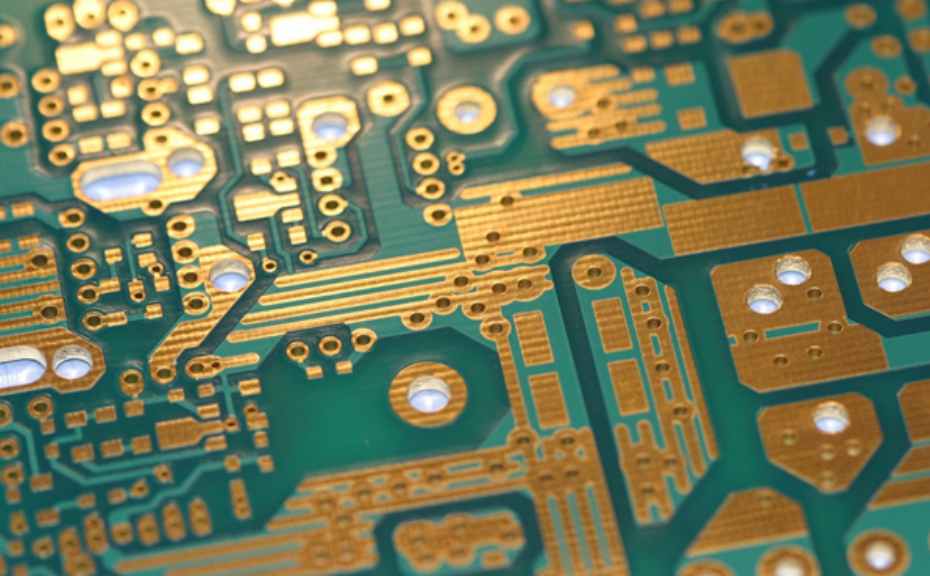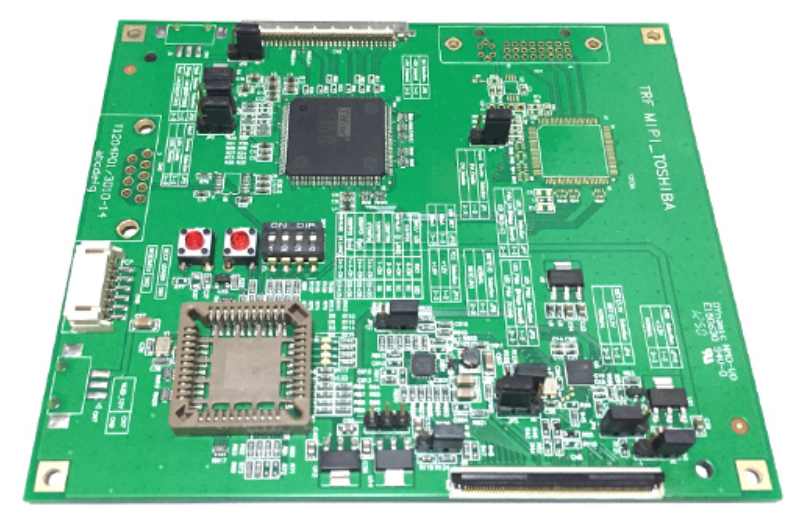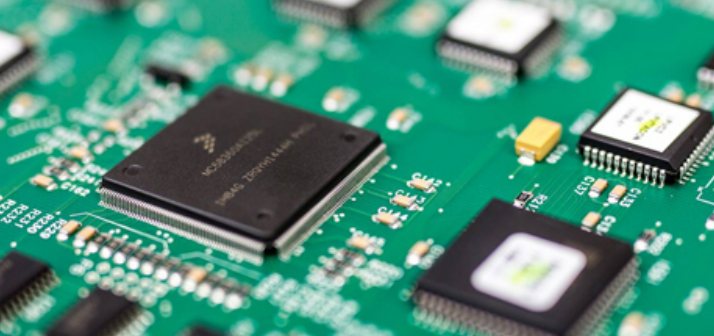
In PCB processing and production, it is impossible not to produce static electricity under normal circumstances, but the generation of static electricity is not the harm, the real danger lies in the accumulation of static electricity, and the resulting electrostatic discharge. Therefore, the control of electrostatic accumulation and static discharge are particularly important.
Electrostatic protection method
During the production of electronic products, the basic principles of ESD prevention for SSDS are as follows: First, prevent the accumulation of static electricity in areas where static electricity may be generated. That is, take certain measures to reduce the damage caused by high voltage static electricity discharge and make it discharge while generating it to eliminate the accumulation of static electricity and control it within a safe range. The second is to quickly, safely and effectively eliminate the electrostatic charge that has been generated, that is, to take measures to the existing accumulation of electrostatic charge, so that it quickly dissipated, instant "discharge".
Therefore, the core of PCB electrostatic protection in the production of electronic products is "static elimination". By elimination, of course, I don't mean "nothing", but to keep it to a minimum.
1. Materials used in electrostatic protection
For electrostatic protection, metal conductors are not used in principle, because the leakage current of conductors is large, which may cause damage to the device. Instead, the so-called electrostatic conductors with surface resistances of less than 1×105Ω and electrostatic subconductors with surface resistances of 1×105~1×108Ω are used. For example, when conductive carbon black is mixed into rubber, its surface resistance can be controlled below 1×106Ω, which is commonly used as electrostatic protection material.
2. Leakage and grounding
A channel should be provided for the parts where static electricity may or has been generated, so that the static electricity can be discharged immediately, which is commonly called grounding. In antistatic engineering, the ground wire project must be established independently, and the resistance between the ground wire and the earth must be less than 10Ω. For the burying and testing methods of the ground wire, see GBJ 79-1985 Design Specification for Communication Grounding for Industrial Enterprises or SJ/T1094-1996 Test Method for Antistatic System for Manufacturing Electronic Products.
To ground ESD protection materials, connect ESD protection materials, such as ESD desktop MATS and floor MATS, to the conductor leading to the ground cable through a 1M resistance. For details, see SJ/T10630-1995 Technical Requirements for ESD Manufacturing of Electronic Components.
By connecting 1MΩ resistance in series to ensure that the discharge current to the ground is less than 5mA, usually also known as soft ground; For the equipment shell, the electrostatic shield is usually directly grounded, it is called hard grounded.
3. Remove static electricity from the conductor
The static electricity on the conductor can be grounded to leak to the ground. Generally, the static electricity on the conductor must be kept in the safety zone where the voltage is less than 100V within 1 second to prevent damage to SSDS caused by short leakage time and large leakage current. Therefore, the current limiting resistance of 1MΩ is usually used in the electrostatic protection system to control the discharge current below 5mA. It is also designed for the safety of the operator. If the operator does not pay attention to the industrial voltage of 220V in the electrostatic protection system, it will not bring danger.
4. Eliminate static electricity in non-conductor belts
For static electricity on the insulator, because the charge cannot flow on the insulator, it can not be eliminated by grounding method, but can only be controlled by the following methods.

Use an ion fan. Ion fans can produce positive and negative ions to neutralize the static electricity of the power supply. They are used in places where static electricity can not be discharged through grounding, such as space and near the head of the patch machine. The use of ion fans to eliminate static electricity usually has good anti-static effect.
Use electrostatic eliminator. Electrostatic eliminator is a variety of surfactants, through the method of cleaning, can remove some objects on the surface of static electricity, such as the surface of the instrument. The electrostatic discharge on the surface of the instrument can be eliminated quickly after being scrubbed with the electrostatic discharge agent in aqueous solution.
Control the ambient humidity. The increase of humidity can make the surface conductivity of non-conducting materials increase, so the object is not easy to accumulate static electricity. In dangerous places with static electricity, when the process conditions permit, humidifiers can be installed to adjust the humidity of the environment, such as in the north of the factory, due to the low humidity of the environment is easy to generate static electricity, the humidification method can reduce the possibility of electrostatic generation, this method has obvious effect and low price.
Adopt electrostatic shielding. Electrostatic shielding is a shielding measure for the equipment, components and instruments that are easy to emit static electricity. The static power supply is isolated from the outside world by a shield or cage, and the shield or cage is effectively grounded.
5. Process control method
The aim is to reduce electrostatic charge in PCB production process, so we should take measures from the aspects of process flow, material selection, equipment installation and operation management to control the generation and accumulation of static electricity. Of course, specific operation should be targeted to take relevant measures. In the above measures, the process control method is a positive measure, other measures should be considered sometimes, in order to achieve the purpose of effective anti-static.






